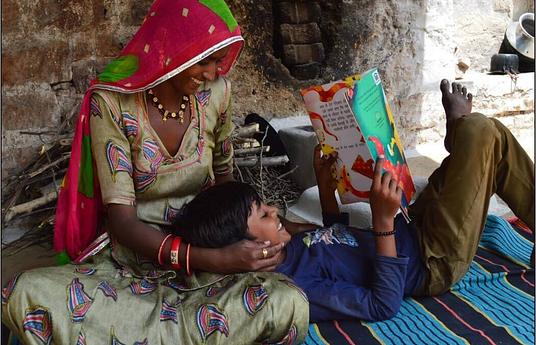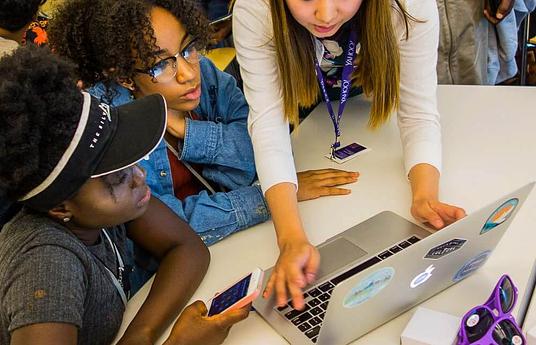To make learning accessible to students living without a single screen or WiFi signal, we designed learning packs for students and leveraged the support of the community to deliver them despite hundreds of miles separating us. Our model showed students, teachers, and the community that learning can take place anywhere, even outside of school, in the middle of an ongoing pandemic.
For educators working in remote areas, with minimal access to the world of internet, our solution works to identify people in the community who could play a key role in acting as liaison between teachers and students, helping them deliver content effectively. Instead of piling all the responsibility of learning on a teacher, it distributes it among students, parents, and other members of the community, such as neighbors, local shop owners, and taxi drivers, and develops the understanding that learning can take place anywhere, even outside schools, during a worldwide pandemic.
Once schools reopened, we tested students who received distance learning support against those who could not be accessed. The former scored twice as much as the latter. This data-based evidence not only boosted student morale but also convinced other teachers to replicate the model with their own set of students and opt for a hybrid learning model, consisting of both in-person and distance learning strategies.
We started out with 40 students and doubled the number by the time of the second wave. The impact of our distance learning solution was not limited to students’ academic performance only. Throughout the village, teachers who were previously reluctant were eager to learn how to send resources, and parents reached out to us and expressed their full support in any similar future endeavors we would undertake. I witnessed firsthand the difficulty some of my students faced while reading, and how their ability improved over the pandemic. On the other hand, those who would read fine but did not have access to distance learning packs, struggled to read basic grade level texts.
The community where you teach plays a key role in nurturing a child’s personality. By including them in a child’s learning process, you are giving them the responsibility of their child’s education. You must develop a strong relationship of trust with members of the community, thereby promoting collective action, through which all students will have a chance to start off on a level playing field.



